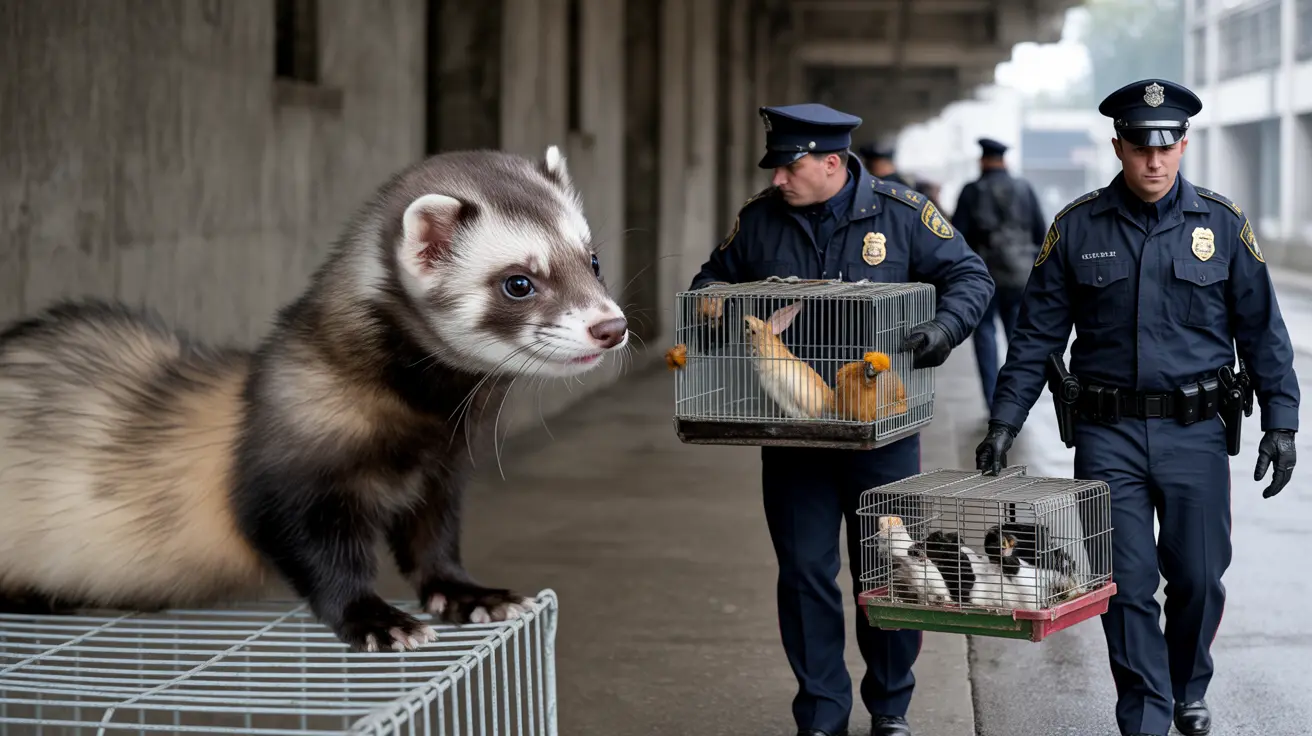A severe case of animal hoarding in New York has led to criminal charges after authorities discovered more than 200 animals of 26 different species living in concerning conditions alongside a 95-year-old woman. The incident highlights the complex challenges and serious consequences of animal hoarding situations that affect both human and animal welfare.
The extensive rescue operation revealed an alarming variety of animals, including dogs, cats, ferrets, flying squirrels, parrots, chickens, and tortoises. The discovery underscores the often-overwhelming scope of animal hoarding cases, where multiple species are kept in inappropriate living conditions.
Understanding Animal Hoarding and Its Impact
Animal hoarding represents a serious animal welfare concern that often indicates underlying mental health challenges. In this case, the presence of 26 different species within a single residence demonstrates the severe nature of the situation and the urgent need for intervention.
Health Risks Associated with Animal Hoarding
The combination of multiple species in confined spaces creates significant health hazards for both animals and humans. Common risks include:
- Poor air quality due to inadequate ventilation
- Accumulation of animal waste
- Increased potential for zoonotic disease transmission
- Stress-related health issues in animals
- Compromised living conditions for human occupants
Animal Welfare in Hoarding Cases
When animals are discovered in hoarding situations, their immediate well-being becomes a primary concern. The variety of species found in this case presented unique challenges for rescue teams, as each type of animal requires specific care and handling protocols.
Legal Consequences and Enforcement
New York's animal cruelty laws provide a framework for addressing severe cases of animal hoarding. The involvement of law enforcement and animal welfare organizations in such cases helps ensure both the safety of the animals and appropriate legal action against responsible parties.
The Rehabilitation Process
The rescue of hoarded animals involves multiple stages of rehabilitation:
- Initial health assessments
- Species-specific veterinary care
- Behavioral evaluation
- Preparation for eventual adoption
- Specialized care for exotic species
Prevention and Awareness
Understanding the warning signs of animal hoarding can help communities intervene before situations become severe. Regular monitoring and support from mental health professionals can play crucial roles in preventing the recurrence of hoarding behavior.
Frequently Asked Questions
What are the common signs of animal hoarding?
Warning signs include having more animals than can be properly cared for, deteriorating living conditions, strong animal odors, and resistance to allowing visitors into the home. The presence of multiple species, as seen in this case, can be an additional red flag.
How does animal hoarding affect health and well-being?
Animal hoarding creates unsafe living conditions through poor sanitation, increased risk of disease transmission, and compromised air quality. Both humans and animals in hoarding situations face serious physical and psychological health risks from overcrowding and inadequate care.
What happens to animals rescued from hoarding situations?
Rescued animals undergo medical evaluation and treatment, followed by behavioral assessment. They receive species-appropriate care and rehabilitation before being considered for adoption or placement in specialized sanctuaries, depending on their specific needs and circumstances.
The discovery of this multi-species hoarding situation serves as a reminder of the importance of early intervention and proper animal care. It also highlights the need for community awareness and support systems to prevent similar cases from developing. As this situation demonstrates, animal hoarding affects not only the animals involved but also human occupants and requires a coordinated response from law enforcement, animal welfare organizations, and mental health professionals.






